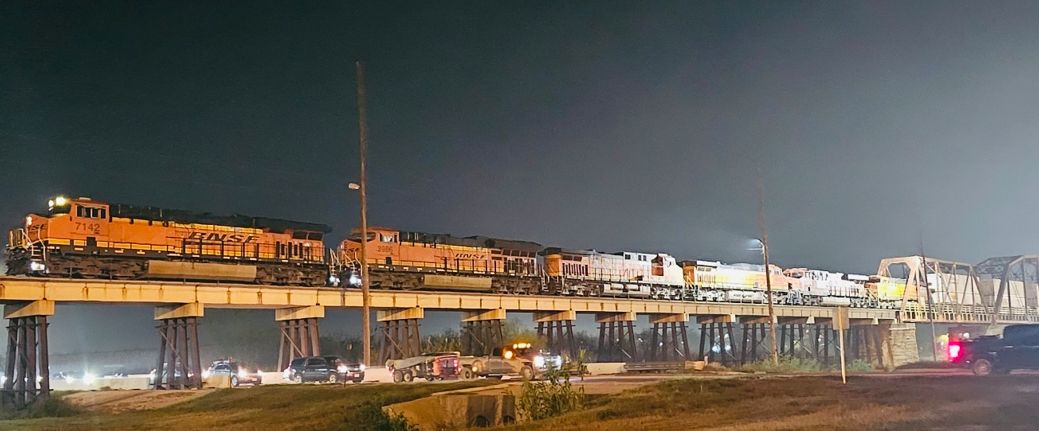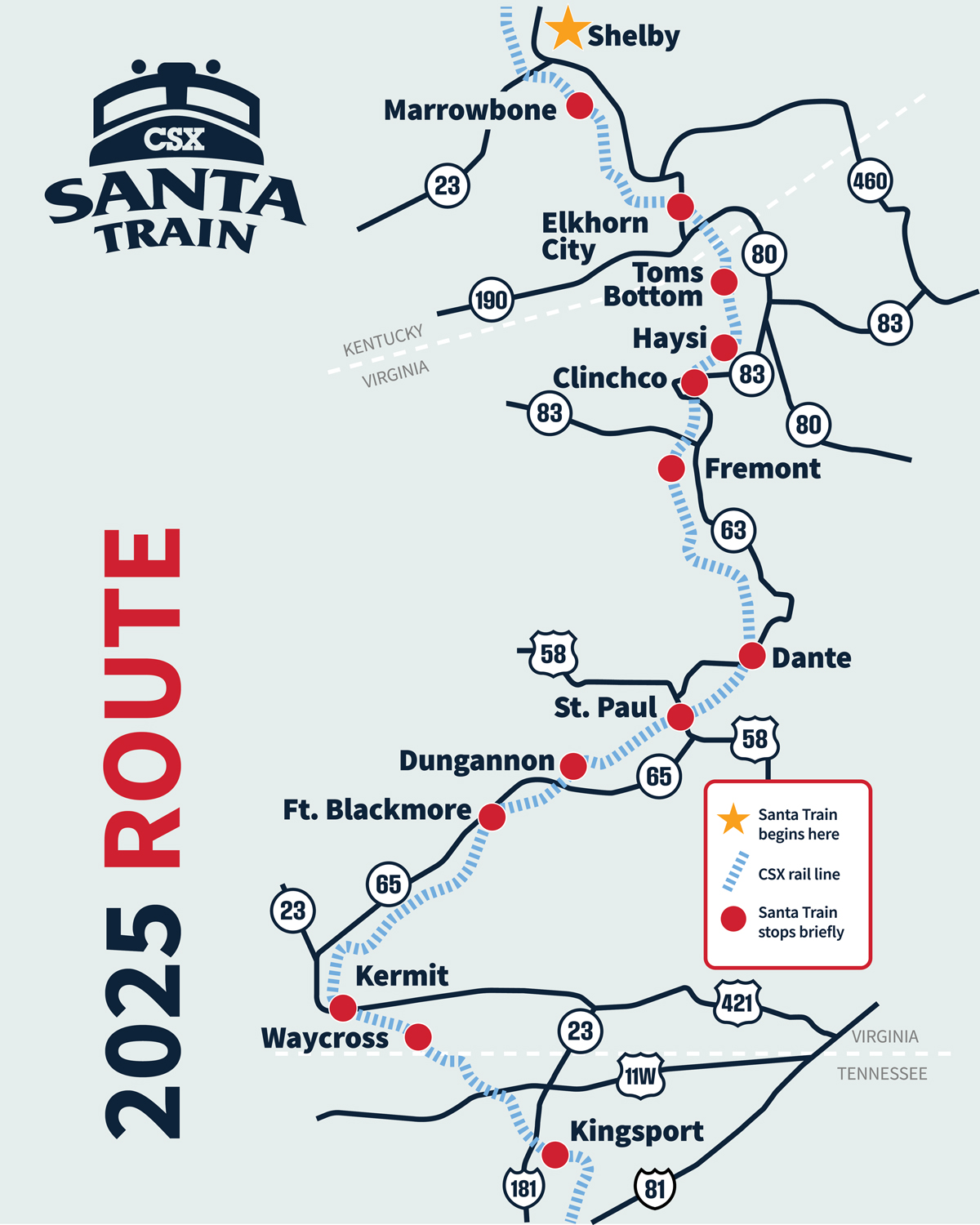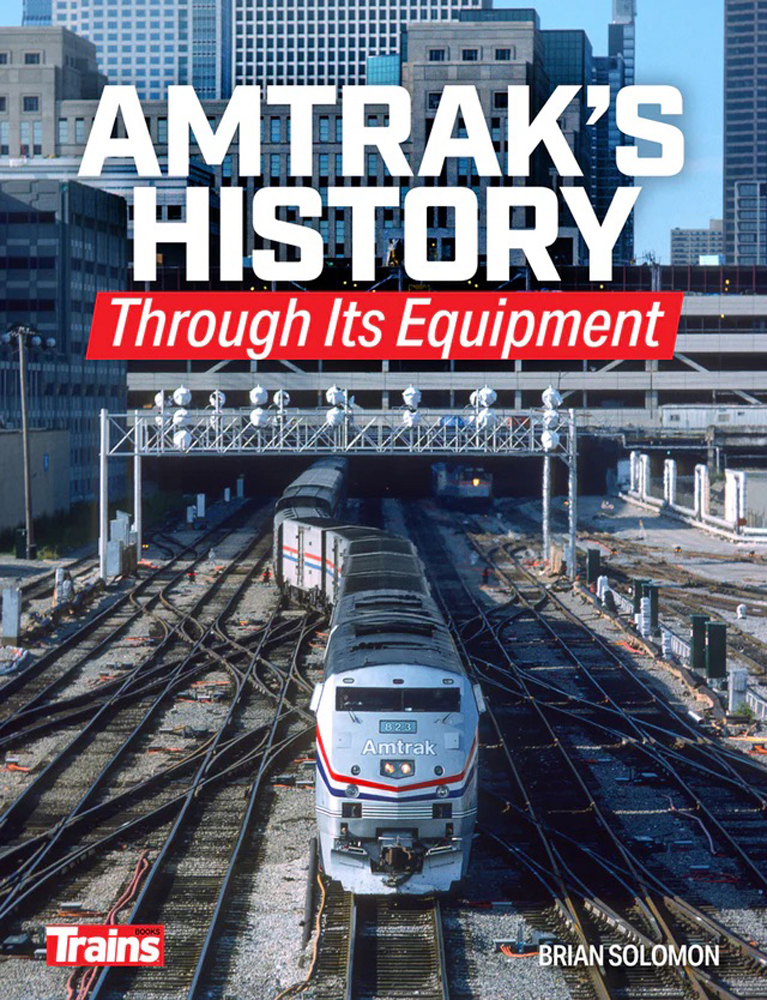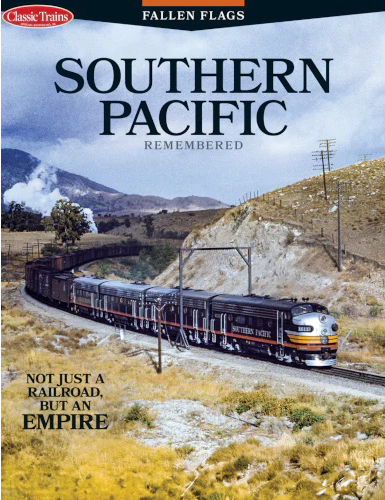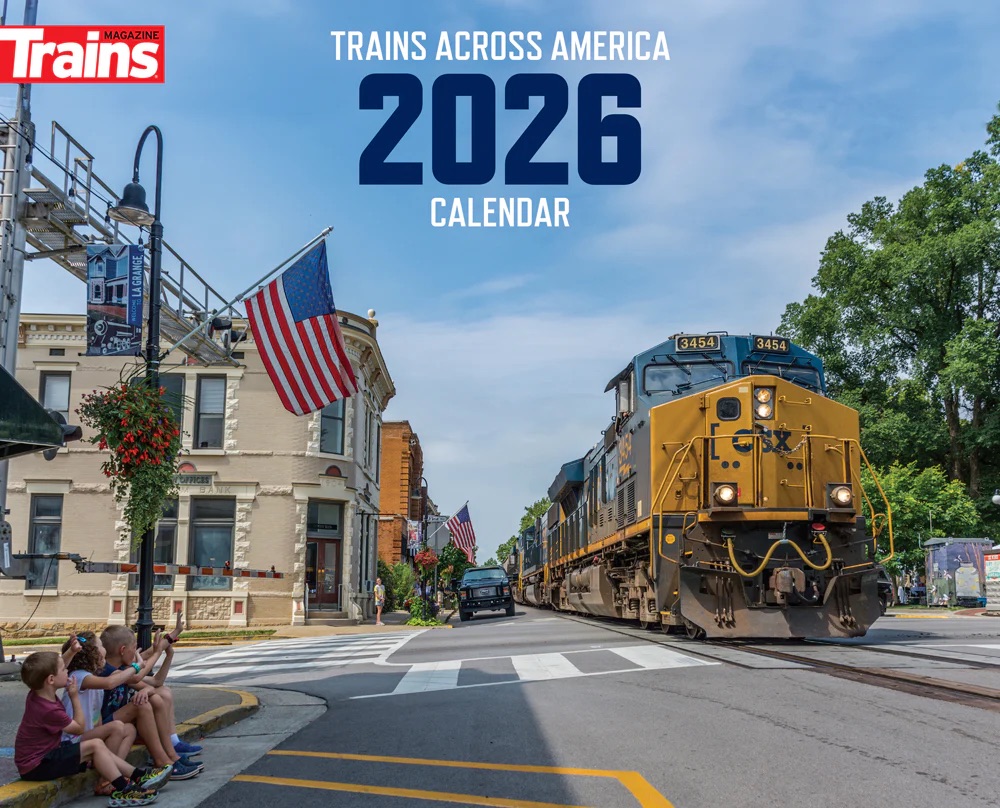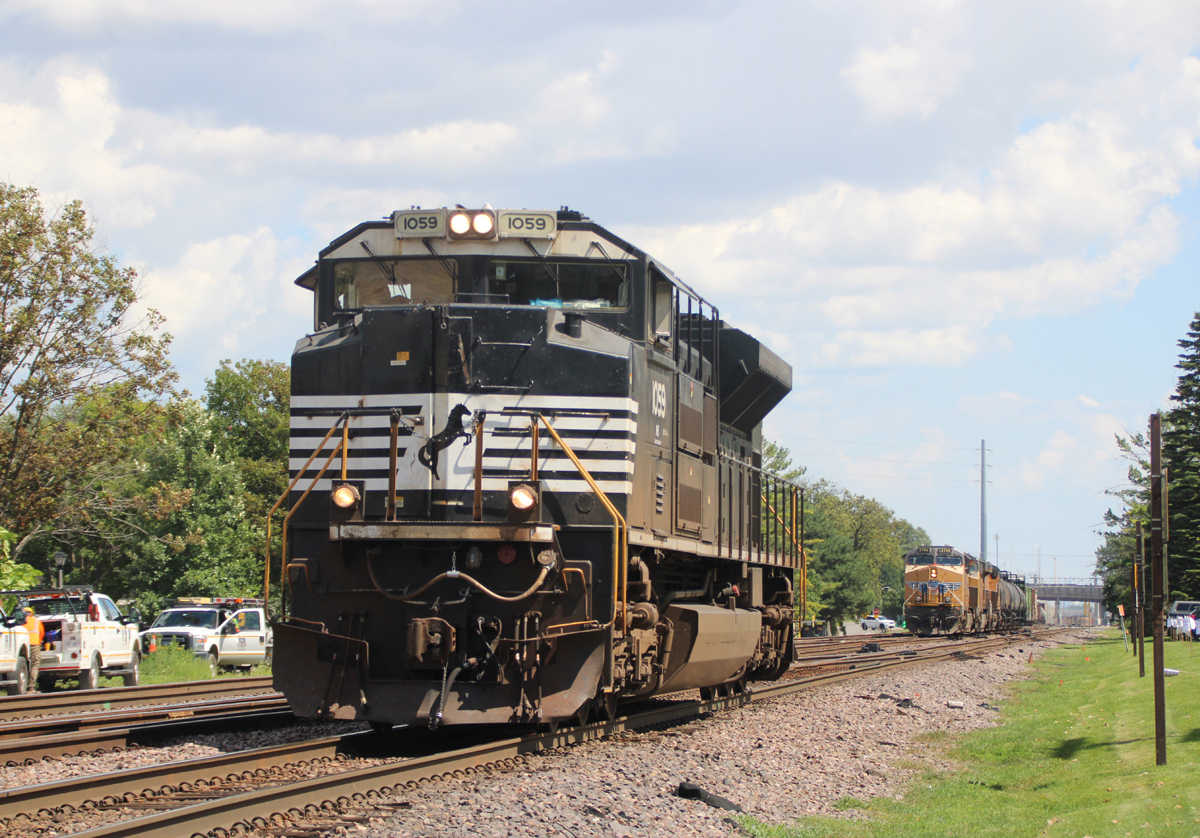
First of two parts
ATLANTA — No matter how you look at it, Mark George had an eventful first year at the helm of Norfolk Southern — even setting aside the historic deal to create the first transcontinental railroad through a merger with Union Pacific.
George was named chief executive on Sept. 11, 2024, after CEO Alan Shaw was dismissed due to an inappropriate relationship with the railroad’s chief legal officer. George, who had spent five years as chief financial officer, inherited a railroad that had been in turmoil since the Feb. 3, 2023, derailment and hazardous materials release in East Palestine, Ohio.
The disastrous wreck — and a subsequent string of derailments — put a harsh spotlight on NS. East Palestine ultimately took a financial toll of more than $1 billion, while the cleanup process created a bottleneck on the railroad’s busiest corridor. Imposition of new train-marshalling rules further congested the merchandise network.
The financial and reputational hits from East Palestine attracted activist investor Ancora Holdings, which sought to gain control of the NS board and oust Shaw during a nasty proxy fight. Shareholders delivered a split verdict in May 2024. They spared Shaw. But they put only three of Ancora’s preferred candidates on the board, short of the majority needed for control.
In July, the Justice Department sued NS over its handling of Amtrak’s Crescent. It was the first right of preference lawsuit filed since 1979.
And then came the September bombshell: The board was investigating Shaw for inappropriate conduct. He was dismissed three days later.
“Everybody was fatigued from what had been seen as a little bit of chaos,” George said in a recent interview from the railroad’s Atlanta headquarters.
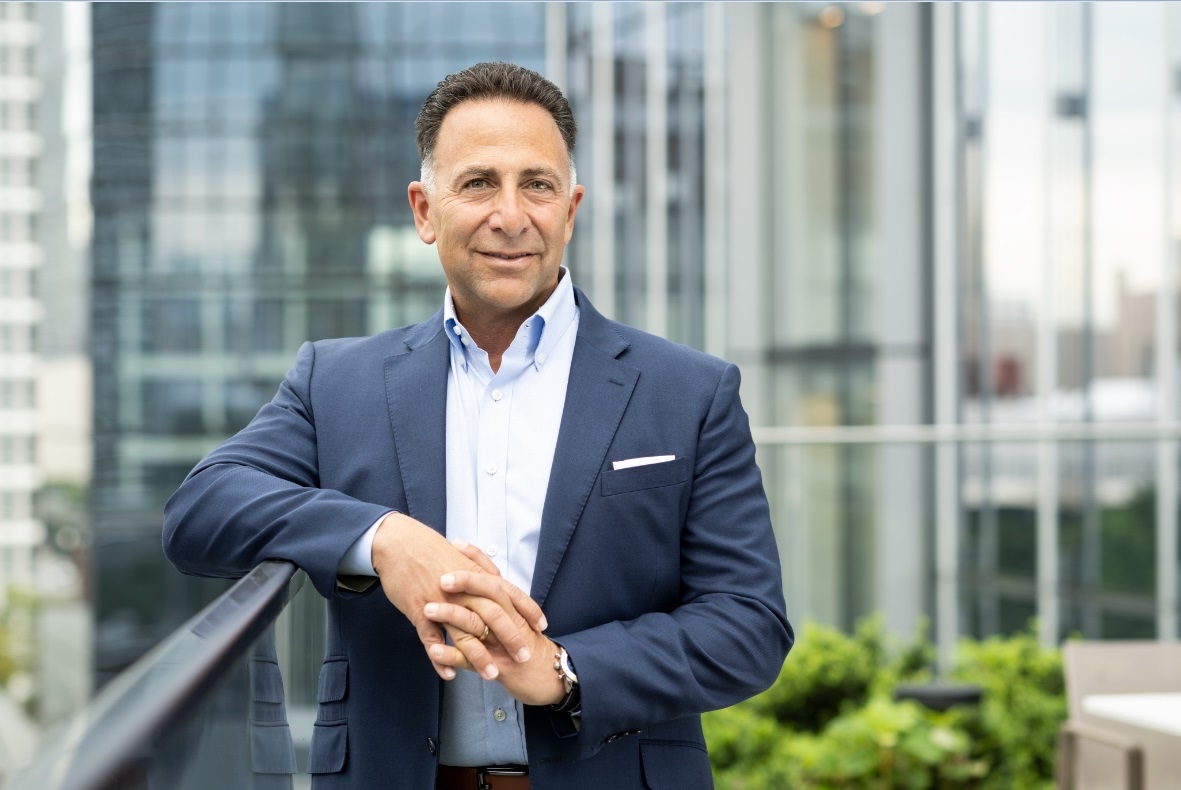
In the weeks that followed the change in leadership, George was a calming presence who also aimed to rally the troops.
“We wanted to return back to some level of normalcy in the way we run the operation and the business. But at the same time, step it up a level,” he says. “I’ve always felt since I joined that the railroad needed a turbo boost of care and excellence — breaking out of … the utility mindset which plagued our industry for a long time.”
Railroads, he says, needs to be more customer-oriented and have higher standards of excellence.
In short order, George built a new C-suite, including tapping longtime NS officials to fill the vacant chief financial officer and chief legal officer positions. Also on the agenda: Creating consensus on a board with new members.
On Nov. 14, NS put Ancora in the rearview mirror after reaching a deal with the Ohio-based activist investor. Ancora dropped plans to wage another proxy battle. NS agreed to expand the board by one member.
One of George’s first priorities was to energize the workforce and get employees to be optimistic.
“We have a lot to be optimistic about,” George says. “We got ourselves on a good path. And simultaneously … I was also thinking about the future of the industry and whether it should be different. You saw the merger announcement. That gets us almost to the one-year mark now. It’s been a pretty impactful first year.”
Hitting Operational and Financial Targets
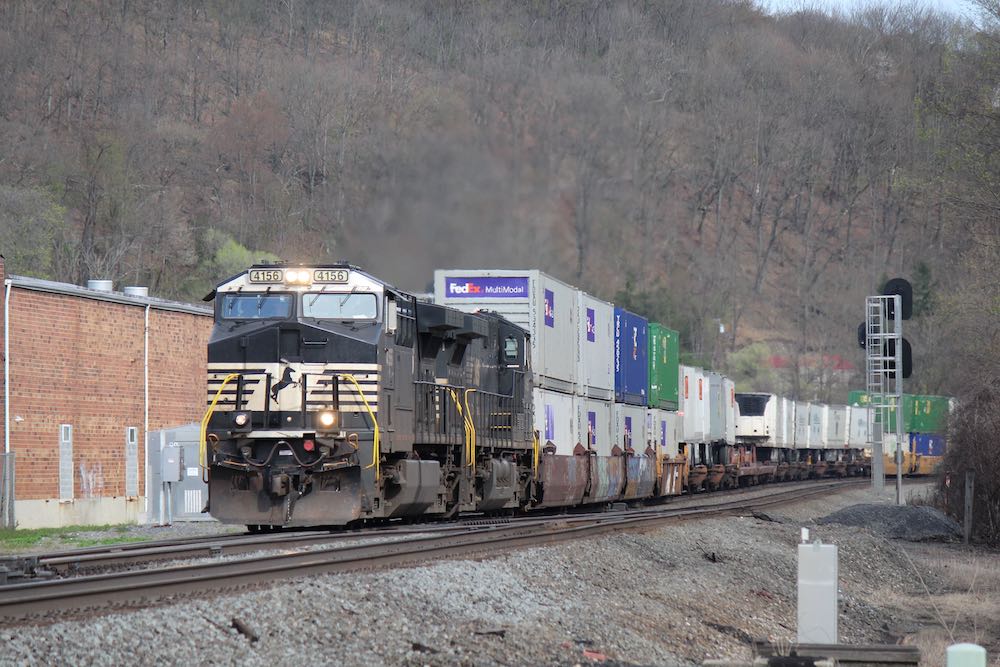
Meanwhile, NS had to make good on the promises it made during the proxy battle about improving operations, reducing costs, boosting profits, and regaining traffic.
Operationally, Norfolk Southern’s trains are moving faster and cars are spending less time in yards. Safety has improved, too, with derailments and injuries down significantly.
In 2024, volume was up 5%, revenue was flat, expenses fell 3%, and operating income grew 5%, all adjusted for the ongoing impact of East Palestine costs. With a full-year adjusted operating ratio improving 1.6 points to 65.8%, NS slightly exceeded its 66% target.
In the first half of 2025, volume was up 2%, revenue was up 1%, and expenses declined 20%. The operating ratio, adjusted for East Palestine costs, improved 1.7 points to 63.4%.
“I’m really proud of the progress we have made on the things we can control,” George says. “Service levels are really good. The network is running well, and we’re demonstrating tremendous resiliency after setbacks from things like weather, hurricanes, and a really brutal winter.”
NS in July boosted its annual cost reduction target to $175 million while throttling back its operating ratio goal to a 1- to 1.5-point improvement. It also reduced its revenue goal to 2% to 3% growth, down from 3%.
Revenue is falling short of expectations amid a stubborn freight recession in its fourth year. And that has slowed operating-ratio improvement, too.
“Right now, we’re dealing with a revenue problem. All the roads are dealing with a shortfall in revenue compared to expectations,” George says. “So the O.R. — which is the ultimate measure — isn’t having the same trajectory that we hoped, because we were expecting revenue would cover some of the inflation … in our cost structure.”
NS continues to cut costs, become more efficient, and used attrition to reduce employment levels. The railroad is on a pace to deliver a 2024 promise of $550 million in cost savings a year ahead of schedule.
“We’re doing what we can right now on the controllable side to right-size without undercutting our ability to handle growth when it does finally come,” George says. “Because it’s inevitable, it will come — especially in a new combined scenario. So we’ve got to be very careful with what we do.”
George credits Chief Operating Officer John Orr and his team for the operational makeover. Orr, a veteran operating man with experience at Canadian National, Kansas City Southern, and Canadian Pacific Kansas City, was brought in during the proxy battle to prove to investors that NS was serious about fully adopting the Precision Scheduled Railroad operating model.
“We’ve got some really strong operational people that we brought in from the outside, and some sponges on the inside that are learning, and absorbing, and implementing lessons,” George says. “So that mix of internal talent and external wisdom coming in — we’re putting it into practice and delivering really good results for our customers in terms of the operating performance while at the same time taking out a lot of costs.”
Orr & Co. have brought stability to a railroad that essentially had five chief operating officers in five years and has struggled to keep its operations out of the ditch. “There’s been a lot of turmoil, admittedly, with different operating philosophies,” George says.
Since 2014, no Class I railroad has experienced bouts of congestion more often than Norfolk Southern, says Rick Paterson, an analyst at Loop Capital Markets who closely follows railroad performance metrics.
But Paterson called the all-clear during a presentation at RailTrends in November 2024. “Norfolk Southern is back,” Paterson said, noting that its service levels held up despite a spike in intermodal volume and that the railroad bounced back quickly after Hurricane Helene.
NS is still maintaining its operational traction. And George says this time the railroad will be able to sustain its service levels over the long term.
“We had a problem: We got our service levels up a couple of times to good levels, but we couldn’t do it efficiently. It was costing us too much money. And we were using a lot of Band-Aids and duct tape to run the railroad,” George says. “Now we’re doing it wiser, and smarter, and more efficiently, and more productively. You’ve seen our cost profile come down.”
Part 2, coming Thursday: Elements of NS’ improvement — and preparing for a merger







